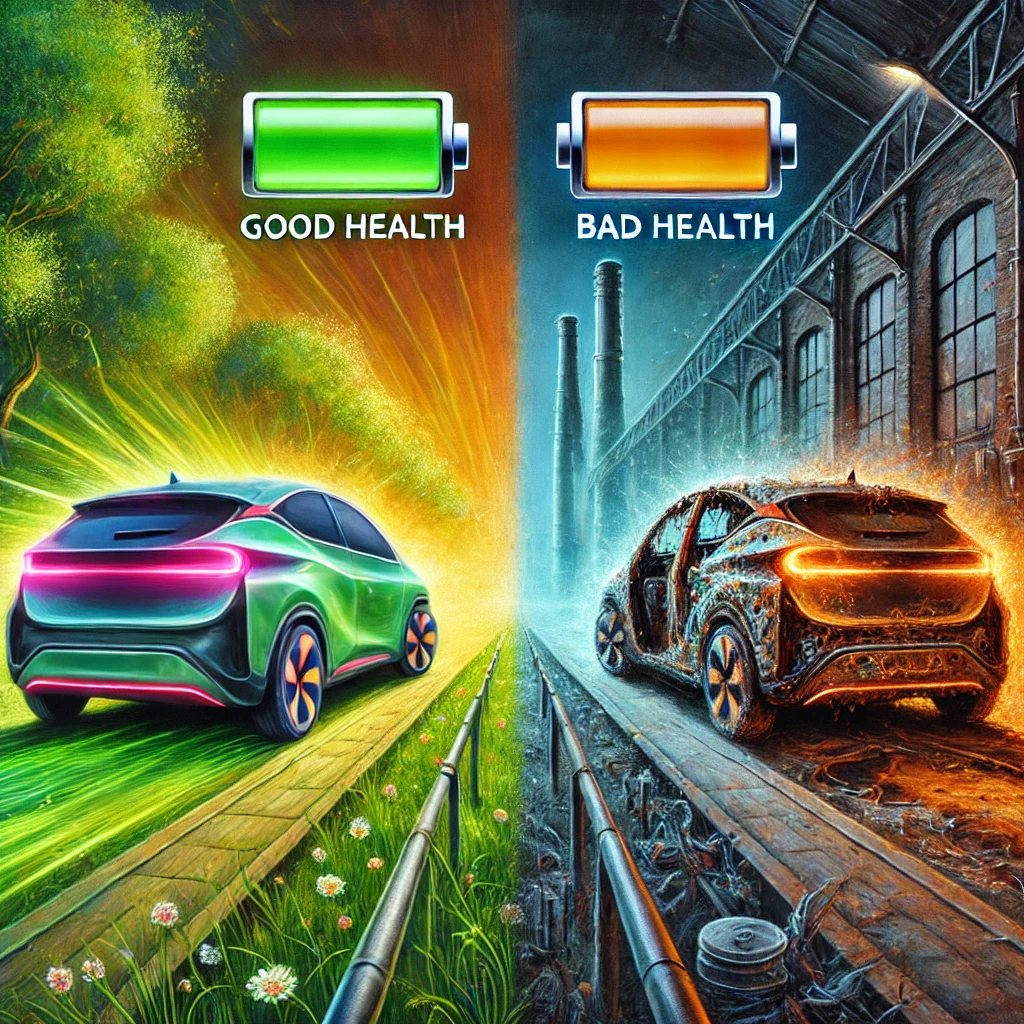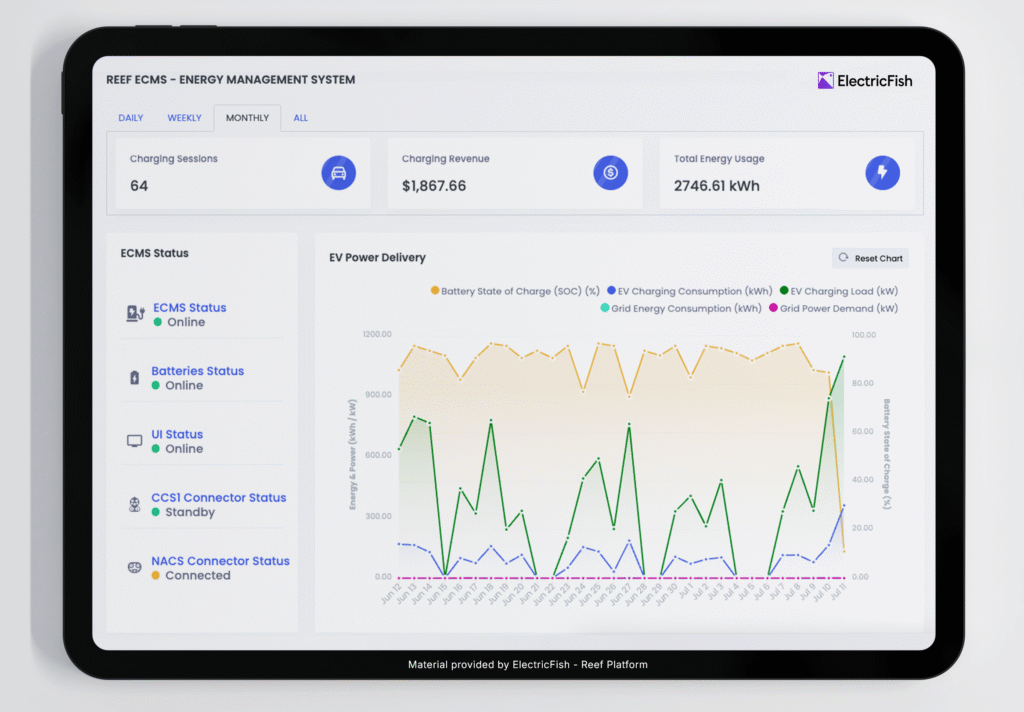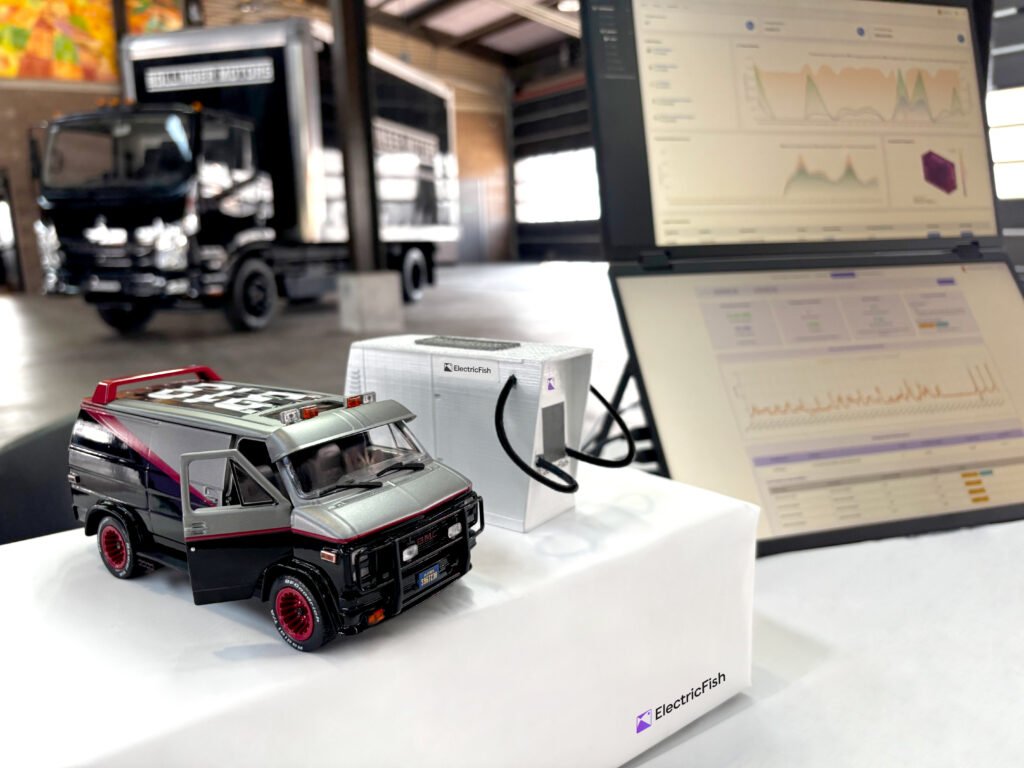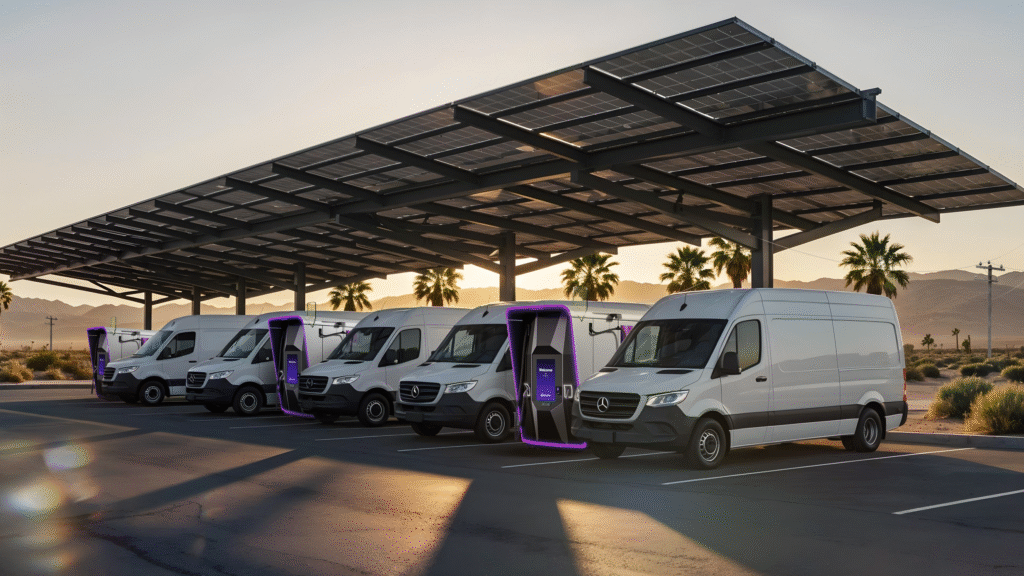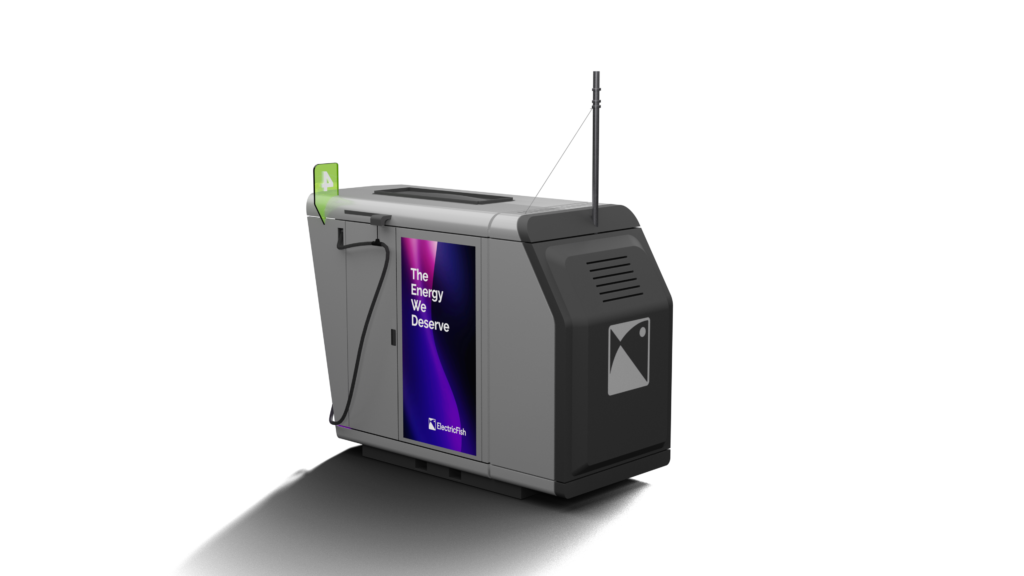As EV adoption becomes an increasingly cost-effective option, prompted by rebates and a sharp rise in gas prices, consumers are weighing the real price of going electric. While electric vehicles are commonly known to have lower fuel and maintenance costs, buyers may want to understand how different charging speeds will affect their vehicle’s lifespan.
As batteries age, less of the stored energy becomes accessible, decreasing the maximum potential of the charge range. Think of how a phone battery loses power more quickly as it ages.
The energy-dense lithium-ion batteries in EVs lose storage capacity majorly due to lithium plating. This process occurs when the lithium ions form metallic lithium instead of intercalating into the anode during a charging/discharging session.
As a result of lithium plating, there is decreased cyclable lithium and therefore decreased cell capacity. While EV lithium battery degradation occurs due to lithium plating, degradation is driven by three main factors: time, temperature, and depth of charging cycles (DOD).
A 2017 study comparing 2012 Nissan Leafs charging on Level 2 versus Level 3 chargers did show a greater decrease in battery capacity from charging exclusively on Level 3; however, this decrease represented a difference of only about three miles on the entire range of a charging session. This original Leaf model used a much smaller battery pack with no liquid cooling, known to lose as much as 20% of its effective range over 5 years, further demonstrating the importance of thermal management for battery health. The takeaway is that while Level 3 charging may affect battery life, it’s likely minimal, especially when it’s not a primary charging source. Extreme-fast charging (XFC) could actually improve EV battery health.
Time-capped extreme-fast charging sessions rapidly charge the battery without overheating the cells, avoiding damage to battery health.
According to data from BattGenie, optimizing extreme-fast charging gives batteries a dynamic charging profile, which improves long-term battery health. Thus, faster charging for shorter times results in a healthier battery.
User behavior is the most significant determinant of EV battery health. In a talk earlier this year with Steven Chung, CEO and CTO of Rejoule, he noted that charging the battery for long sessions and letting the battery reach the low end of its discharge curve, i.e. under 20% charge, both damage a battery’s long term health.
So what should you do to maintain a healthy EV battery?
- Avoid high state of charge (SOC) by keeping the battery charge below 80%.
- Use faster charging for shorter times like extreme-fast charging (XFC). (Adding 50–200 miles of range in 10 mins).
The next challenge is to make extreme-fast charging (XFC) available to all, ensuring that everyone gets the energy they deserve.
…
This post was originally posted on Medium
https://medium.com/electricfish/secrets-of-your-evs-battery-health-80cfbf141eb3
References
https://iopscience.iop.org/article/10.1149/2.0211411jes
https://iopscience.iop.org/article/10.1149/07523.0051ecst
https://www.rejouleenergy.com/
https://insideevs.com/features/539278/electric-car-ev-degradation-battery
https://www.sciencedirect.com/science/article/abs/pii/S0378775318306499
https://iopscience.iop.org/article/10.1149/1945-7111/abae37/p
